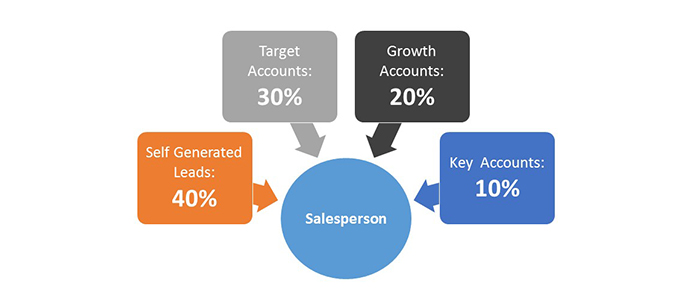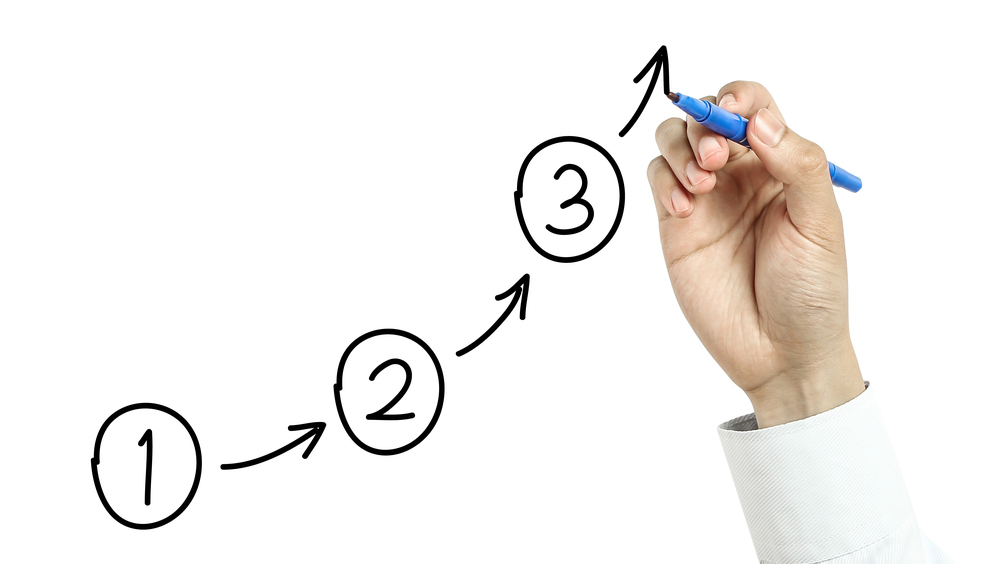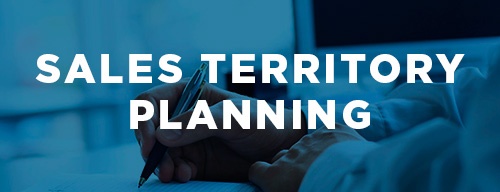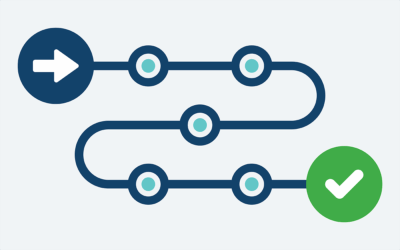One of the first things taught in a new sales rep training program is the key to increasing sales productivity and getting your salespeople to make the most of their time with a detailed action plan.
But let’s face it, in your sales team’s rush to hit their quota, details, and planning can get pushed aside.
That’s why it’s up to you, as a sales leader, to not only set goals for your sales team but also to show them the best path for reaching them.
Coach your salespeople to follow these 3 simple steps to manage their time and increase their overall sales productivity.
Step 1: Define your account segments
You’ll want to have your salespeople categorize their accounts first so that they can determine how much of their time and attention each segment deserves.
Account segments will vary based on your industry and the role of the salespeople on your team, but the following 4 segments are generally a good place to start:
- Self-Generated Leads– Accounts generated through prospecting efforts; not yet qualified
- Target Accounts– Accounts that have been partially qualified, but haven’t done any business with you (accounts belonging to a competitor, for example)
- Growth Accounts– Qualified accounts that are doing some business with you and have the potential to grow
- Key Accounts– Accounts that think of you first for opportunities
Step 2: Evaluate the time and effort you’re currently spending on each segment
Your salespeople should see where they are with their time management before they try to make any changes to it.
Have them take several days to simply record how much time they spend on different activities throughout the day. Then, they can estimate a percentage of their total time and effort that go towards each segment.

Remind your sales team that this isn’t an evaluation or inspection, but an exercise to improve their sales productivity.
Step 3: Make a plan to optimize the time and effort spent on each segment
Once your team has determined how they’re currently spending their time, they can see what adjustments can be made to be more effective. Maybe they’ll realize that they’re spending too much time chasing unqualified opportunities, for example.
The new plan should indicate what percentage of your salespeople’s time should be spent on each segment, and it should take into account growth potential, profitability potential, and the effort required to maintain the account.
Remind your salespeople that focusing a large amount of their time on Key Accounts may increase sales of larger-scale opportunities, but it may also take time away from filling the pipeline.
The bottom line is there’s no one-size-fits-all mix, and their plans should be balanced and based on your organization’s growth strategy as well as their own individual goals.
Conclusion
This exercise helps your salespeople see exactly where they should be spending their time in order to increase sales productivity and reach the goals you’ve set for them.
As a sales leader, you can’t just assign your team a sales target and hope that they find a way to reach it. It’s your responsibility to help them come up with a solid plan for hitting those numbers.
The Sales Territory Planning Workshop coaches salespeople on the best strategies for developing sales plans that they can implement, track, and measure for success.
The program will show your reps how to:
- Effectively qualify and prioritize their accounts
- Develop objectives and strategies that can be applied to each account segment
- Define activities and milestones that must be completed to reach their goals
- Execute on their business plans and track and monitor progress





